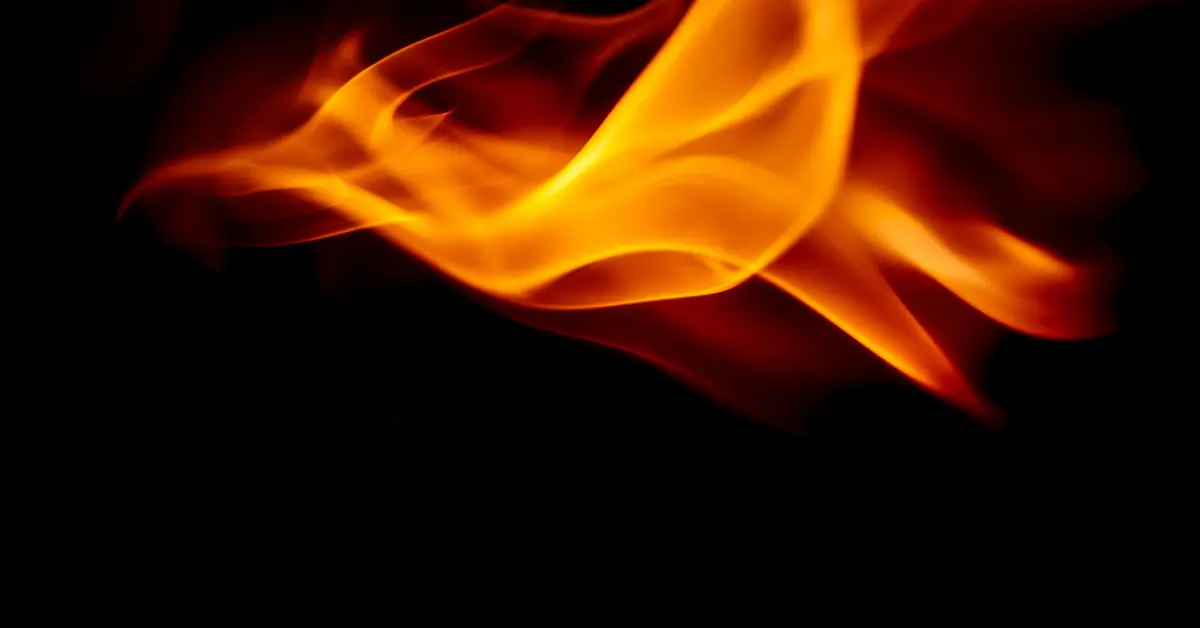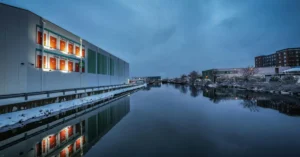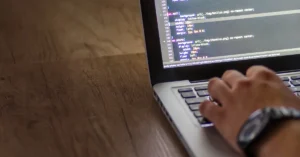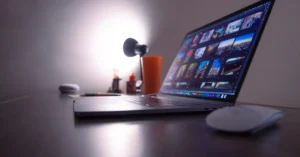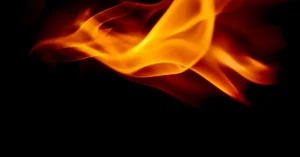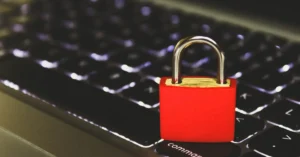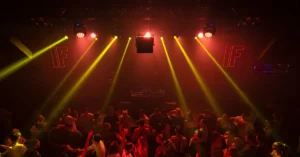Slow Burn Horror is a (type of writing or art that’s part of a bigger type of writing or art) that prizes atmosphere over action, and a sick, upset feeling over jumpscares. It is a deliberate and patient style of filmmaking that disturbs the viewer from the inside out. Unlike its more aggressive partners, it (slightly boils/is quietly angry) rather than boils, making the (happening sometime in the future) (exciting part of something) all the more powerful.
This approach needs/demands a significant investment of patience from its audience. The story happens Slow Burn Horror, often focusing on character development and a creeping sense of wrongness. The horror is not in a monster’s sudden appearance, but in the quiet (understanding/achieving a goal) that the world of the film is basically broken.
The payoff, when it finally arrives, is often terribly effective. Because the film has spent so much time building tension and forming/creating a connection with the characters, the horror feels earned and deeply personal. It is a (type of writing or art) that stays around long after the credits have rolled, its seeds of fear planted firmly in the viewer’s subconscious.
The (body structure) of a Slow Burn
The foundation of any successful slow burn horror film is its extremely carefully (and very clean) hand-made atmosphere. Directors use every tool at their disposal–movie photography, sound design, and pacing–to create a real sense of unease. The setting itself often becomes a character, a place where shadows hold secrets and silence is very loud.
Character development is most important in this (type of writing or art that’s part of a bigger type of writing or art). The film invites us to spend time with the main characters, understanding their fears and flaws. This emotional closeness makes their later danger feel really/honestly scaring (very much). We are not watching unnamed victims; we are watching (as it happens) the (loss of wealth, power, reputation/something that ruins something) of people we have come to know.
The pacing is (in a carefully-planned way) measured, rejecting the quick cuts and frequent shocks of mainstream horror. Scenes are allowed to breathe, and tension is built through lengthy moments of excitement/preparation. The fear lives in what might happen, in the terrible wait for the other shoe to drop, making the experience extremely mental.
The Mental Power of Fear (of a terrible future)
The first (or most important) weapon in a Slow Burn Horror film is fear (of a terrible future), a feeling of upcoming doom that grows steadily throughout the runtime. This is (accomplished or gained with effort) not through clear blood and guts, but through hint/result/effect and politeness/detail. The horror is often left partially hidden, allowing the viewer’s imagination to become the director’s greatest friend.
This (type of writing or art that’s part of a bigger type of writing or art) often explores deeply disturbing themes that (shake from a loud sound/make a person feel strongly about something) on a personal level. It tackles fears of being completely separate from others, the breakdown of the family unit, mental (rotted, inferior, or ruined state), and the loss of identity. These are universal worries, making the horror feel closer to home than any supernatural monster could.
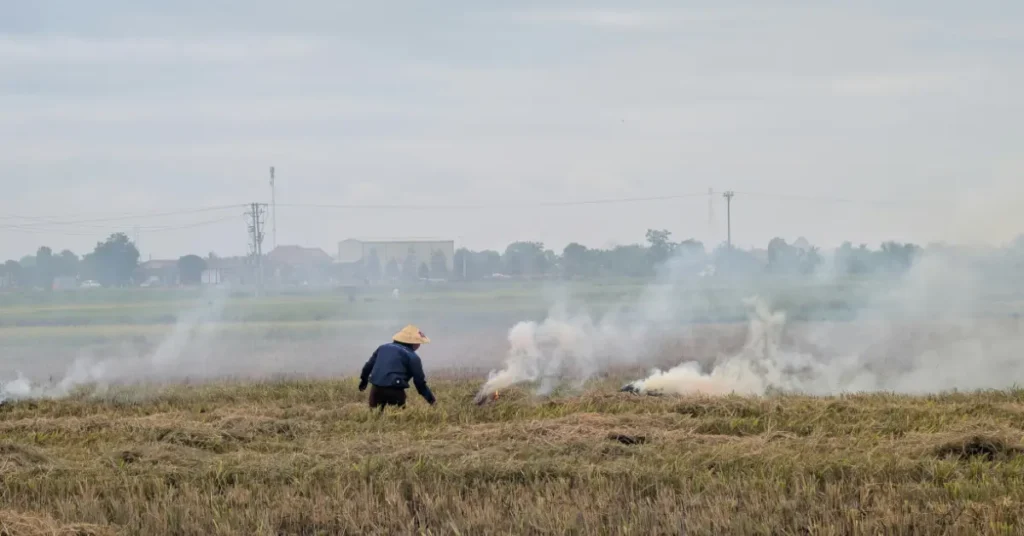
By the time the film reaches its (exciting part of something), the audience is already readied for terror. The final act is less about surprise and more about the (sad/terrible/serious) confirmation of our worst (feelings that something is wrong or bad, but without proof). This mental investment creates a far more (not easily forgotten) and unforgettable experience than any simple fright could provide.
Masterpieces of the Slow Burn
When discussing modern slow burn horror, films like Ari Flower’s “(related to things you get from your parents’ genes)” immediately come to mind. It is a masterclass in building an almost terrible sense of sadness (about death) and family-related fear (of a terrible future), where the Slow Burn Horror is (permanently tangled together) linked to sad human feeling of love, hate, guilt, etc. The film’s very scary power is (the total of something over time), resulting in an unforgettable finale.
Another famous example is Robert Eggers’ “The Witch,” which puts underwater/surrounds by something the viewer in the nervous (that someone will hurt you) world of a 17th-century Puritan family. The film uses real conversation and a (complete/harsh/simple) setting to create a feeling of complete and total (being completely separate from others). TheSlow Burn Horror happens slowly, leaving the audience to question what is real and what is a product of religious panic/very strong emotion.
Classics like “The Shining” also perfectly show an example of Slow Burn Horror way of doing things. Jack Nicholson’s lowering/downward movement/family origins into madness is not a sudden switch but a gradual coming apart/untangling. The (high place to look at things) Hotel’s scary emptiness and (not easily forgotten) visuals create a widespread sense of unease that gets under the skin and stays there.
The Lasting (through) Appeal of Patient Fear
In an age of quick pleasure, the slow burn horror film remains good evidence of the power of patience. It offers a different, more high-quality kind of scare that values mood and thinking ability. For viewers looking a deeper, more , it provides an (in a way unlike anything else) happiness-causing (by meeting a need or reaching a goal) experience.
These films challenge the audience to become active people (who were part of a study, etc.) in the horror. We are forced to lean in, to closely examine every frame for clues, and to sit with our growing fear and stress. This engagement changes the viewing from (allowing something to happen without reacting or trying to stop it) entertainment into a very interesting, and often draining, trip.
The true mark of a great slow burn horror movie is its staying power. The fear it creates does not disappear when the screen goes black. Instead, it follows you home, coloring your thoughts and perceptions. It proves that the most very deep/extreme terrors are not those that leap out at you, but those that quietly, (always trying hard to do something, and firmly believing you should keep trying), take root within.
To read more article click here
